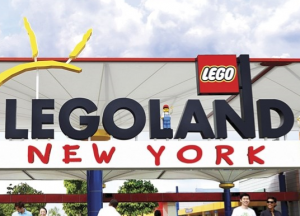UConn Adds Major in Arabic and Islamic Civilizations; Southern Expands Drone Applications to Academic Minor
/If you’re wondering about the degree to which Connecticut universities are keeping up with world trends, the University of Connecticut and Southern Connecticut State University seem to indicate the answer is yes. UConn has approved a new major in Arabic and Islamic civilizations, developed to equip students with a working knowledge of the Arabic language, and allow them to explore classical Islamic civilizations, as well as the literature, culture, heritage, and intellectual life of the modern Arab world.
The program, housed in the Department of Literatures, Cultures, and Languages in the College of Liberal Arts and Sciences, stresses the many different aspects of the Arab world, and the different linguistic, cultural, and religious traditions that shaped it.
At Southern, a new interdisciplinary minor in Drone Applications has a decidedly journalistic flavor, but extends to provide a basis for careers utilizing the rapidly unfolding drone technology.
Approved by the UConn Board of Trustees this summer, the Arabic and Islamic civilizations major appeals to students who are studying in many other areas, including the sciences. Some students are native speakers of Arabic or have a Muslim background; others are not sure what it means to be “Arab” or to be “Muslim,” and so come to learn, according to program director and assistant professor of literatures, cultures, and languages Nicola Carpentieri, who spoke recently with UConn Today.
UConn is unusual in offering such a robust program in the language. “The program is unique in the U.S. in that we delve so much into Arabic literature, poetics, and other cultural aspects such as music, science, art, and architecture,” Carpentieri noted. “That’s what sets it apart.”
“Students in our classes come from all majors, but they are curious and motivated students,” Carpentieri said. “They may have seen bad press about the Arab world. But they’re open-minded, and aware that simplistic divisions are fabrications. We want to shatter the binaries of East and West.”
Students in the program take courses in both classical Arabic, or the formal version of the language used in education and literature, and other dialects, like Media Arabic and Levantine Arabic. It’s especially useful to learn these types of “street language,” Carpentieri points out.
Unlike most other languages, Arabic gives its speakers access to many different nations and cultures, including Egypt, Lebanon, Morocco, Saudi Arabia, Tunisia, and others. In addition, students in the major will learn about the many influences that Muslim conquests had on the Europe we know today.
The Journalism Department at Southern now offers an interdisciplinary minor with the Geography Department in Drone Applications. Students study how drones (small unmanned aerial systems) are employed for geography, environmental sciences, journalism and other industries. This interdisciplinary minor prepares students with the fundamental knowledge, skills and experience in the technological, legal and ethical considerations and applications of drones in various fields.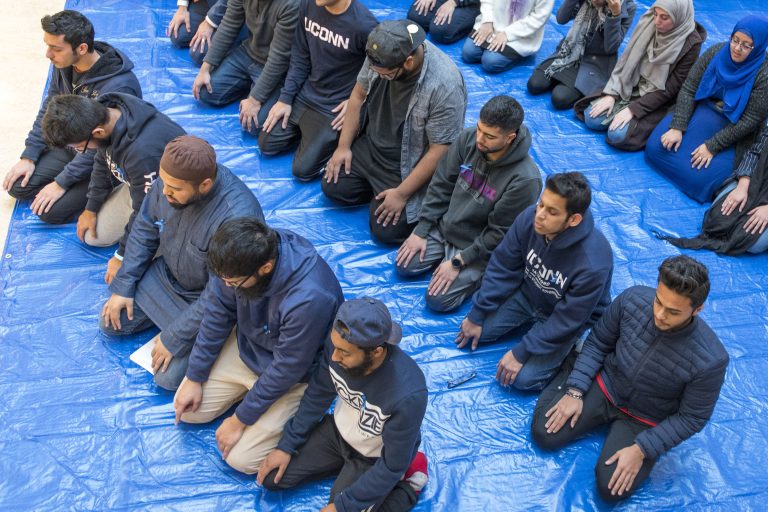
The minor is aimed at students who are interested in learning about emerging drone technologies and how they can be applied to professional settings. It complements environmental sciences, geography, journalism and communication programs.
The 18-credit minor requires courses such as Basic Drone Technology, Drone Journalism, Introduction to GIS and Remote Sensing or Advanced Drone Journalism.
The coursework focuses on flying drones for the purposes of news gathering in both image and data applications and includes the legal, ethical, and safety requirements for flying drones and reviewing necessary requirements for getting licensed by the FAA.
The drone courses are taught by Assistant Professor of Journalism Vern Williams, who has more than two decades in news photography and served as photo director of the New Haven Register for 15 years, where he supervised the photographic and video coverage of the news. His teaching experience includes work at Southeastern Associated Press Managing Editors Association, University of South Carolina, and Cornell University.


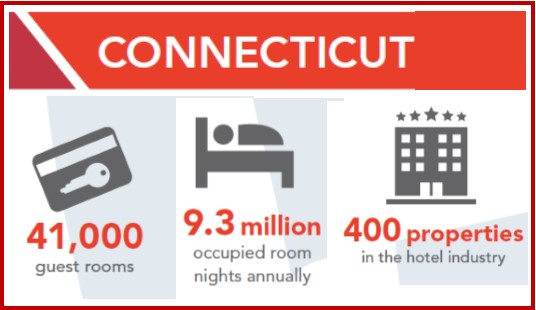 Overall, data for Connecticut compiled by the American Hotel & Lodging Association indicate that the state’s 400 properties in the hotel industry generate 55,000 hospitality jobs and 27,00 hotel hobs, which result in $4.4 billion guest spending at hotels, local businesses and on transportation. The industry contributes $5.1 billion to GDP.
Overall, data for Connecticut compiled by the American Hotel & Lodging Association indicate that the state’s 400 properties in the hotel industry generate 55,000 hospitality jobs and 27,00 hotel hobs, which result in $4.4 billion guest spending at hotels, local businesses and on transportation. The industry contributes $5.1 billion to GDP.
 Each of the six locations is highlighted on the site with information on attractions, events, restaurants, accommodations and shopping.
Each of the six locations is highlighted on the site with information on attractions, events, restaurants, accommodations and shopping. ithin the past year. Bridgeport also received a walk score of 68, along with a bike score of 50. Stamford earned a walk score of 54, bike score of 39 and transit score of 38. Waterbury’s walk score was 49; bike score was 25. Danbury’s walk score was 38.
ithin the past year. Bridgeport also received a walk score of 68, along with a bike score of 50. Stamford earned a walk score of 54, bike score of 39 and transit score of 38. Waterbury’s walk score was 49; bike score was 25. Danbury’s walk score was 38.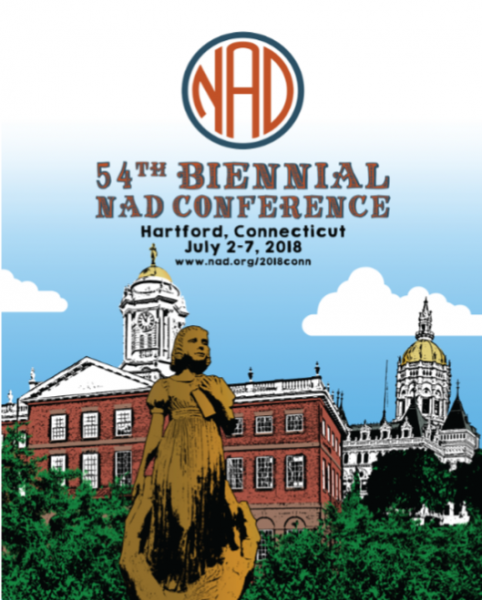


 The plan at the
The plan at the 

 The Hartford Marathon will mark its 25th running on October 13, 2018. The 2018 Travelers Championship, will be held June 18-24 at TPC River Highlands in Cromwell. The Connecticut Open, at the Connecticut Tennis Center at Yale, will be held August 17-25 in 2018.
The Hartford Marathon will mark its 25th running on October 13, 2018. The 2018 Travelers Championship, will be held June 18-24 at TPC River Highlands in Cromwell. The Connecticut Open, at the Connecticut Tennis Center at Yale, will be held August 17-25 in 2018. CERC first conducted an impact analysis of the tournament in 2011, and completed another impact analysis for the Travelers Championship in 2017. The results were compared, to look at the changes over time and factors that may have influenced changes in the tournament’s economic effects.
CERC first conducted an impact analysis of the tournament in 2011, and completed another impact analysis for the Travelers Championship in 2017. The results were compared, to look at the changes over time and factors that may have influenced changes in the tournament’s economic effects.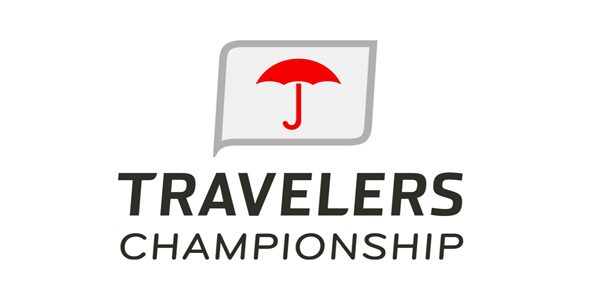 With record attendance, sales and fan engagement, the 2017 Travelers Championship raised the bar across the board through a strategic approach that focused on providing a first-class experience for fans, players, sponsors, volunteers and charity, officials pointed out. This marks the first time that the Travelers Championship has been recognized as “Tournament of the Year.”
With record attendance, sales and fan engagement, the 2017 Travelers Championship raised the bar across the board through a strategic approach that focused on providing a first-class experience for fans, players, sponsors, volunteers and charity, officials pointed out. This marks the first time that the Travelers Championship has been recognized as “Tournament of the Year.”
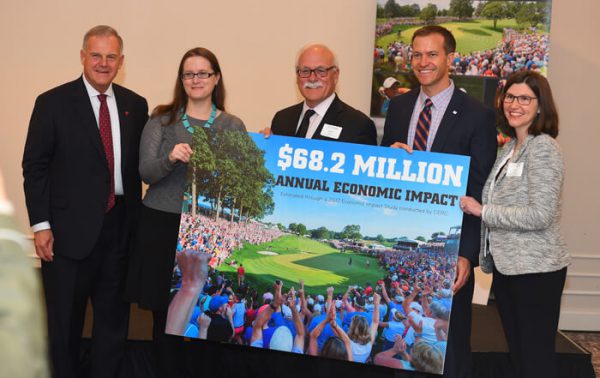

 According to the
According to the 
 Two years later, the state announced plans to spend $3.4 million to promote Connecticut tourism ahead of the summer travel season within the state and to audiences in New York, Rhode Island and western Massachusetts. And last year, the state’s tourism website was re-
Two years later, the state announced plans to spend $3.4 million to promote Connecticut tourism ahead of the summer travel season within the state and to audiences in New York, Rhode Island and western Massachusetts. And last year, the state’s tourism website was re-
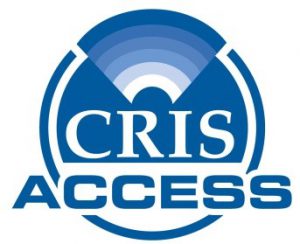
 Michelle Hargrave, Deputy Director at the NBMAA, said, "The New Britain Museum of American Art is thrilled to partner with CRIS Radio in this endeavor to bring greater accessibility to the institution. The Museum is committed to being a welcoming, dynamic, distinguished, and educationally ambitious art museum, and we are very excited that this opportunity will open our galleries to a broader audience."
Michelle Hargrave, Deputy Director at the NBMAA, said, "The New Britain Museum of American Art is thrilled to partner with CRIS Radio in this endeavor to bring greater accessibility to the institution. The Museum is committed to being a welcoming, dynamic, distinguished, and educationally ambitious art museum, and we are very excited that this opportunity will open our galleries to a broader audience."
